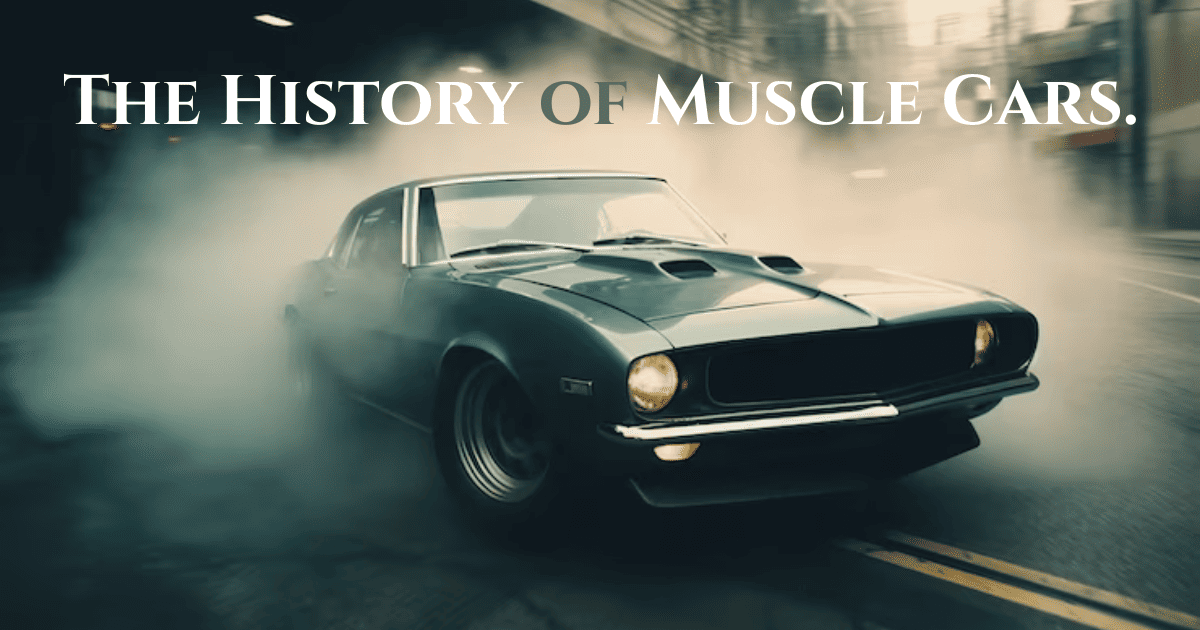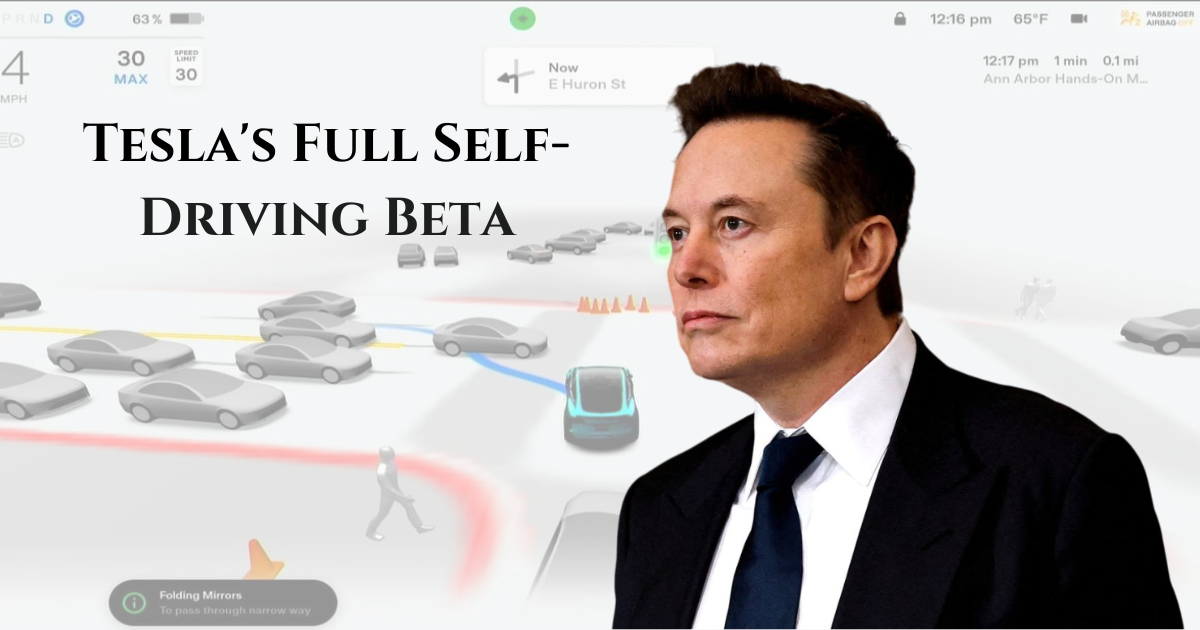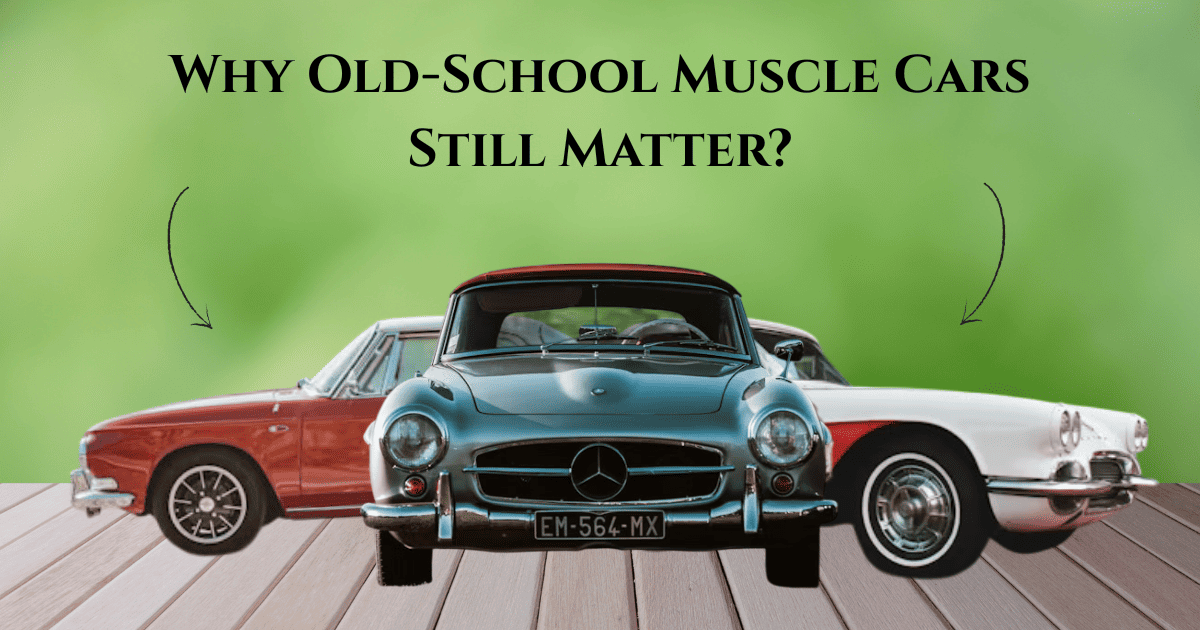From 60s street legends to modern-day icons, muscle cars continue to roar with purpose. Here’s why they still capture hearts and highways.
When people hear the term muscle car, something primal kicks in. The rumble of a V8 engine. The scent of burnt rubber. The image of a chrome-laced beast tearing down a strip of asphalt. Muscle cars aren’t just vehicles—they’re a visceral expression of power, rebellion, and freedom.
In a world now driven by electric silence and software updates, it’s worth asking: why do these old-school gas guzzlers still command so much respect?
Let’s drive back through time.
The Birth of Muscle (1960s–70s)
The golden era of muscle cars began in the early 1960s in America, when automakers like Pontiac, Ford, Dodge, and Chevrolet realized something game-changing: put a big engine in a lightweight car, and you’ve got instant street dominance.
The Pontiac GTO (1964) is widely credited as the first true muscle car. Then came legends like:
- Ford Mustang Boss 429
- Dodge Charger R/T
- Chevrolet Chevelle SS
- Plymouth Barracuda
- Oldsmobile 442
It wasn’t just about speed. Muscle cars were the mechanical middle finger to the establishment. Affordable, loud, and raw—built for the streets, not the boardroom.
The Decline (Late 70s–80s)
By the late 1970s, a perfect storm hit:
- Rising gas prices
- Stricter emissions regulations
- Safety concerns
- Insurance costs
Suddenly, muscle cars seemed irresponsible. The horsepower dropped. The thrill faded. Many iconic models were either shelved or neutered into sedans that wore badges they didn’t earn.
But the culture didn’t die. It went underground.
The Rebirth (1990s–2000s)
Petrolheads never forgot. And neither did automakers.
The 90s and 2000s saw a resurgence. Ford relaunched the Mustang with retro-inspired aggression. Chevy brought back the Camaro. Dodge resurrected the Charger and Challenger.
These weren’t just nostalgia trips—they were muscle reimagined with better engineering, sleeker lines, and more refined (but still feral) performance.
Horsepower was back on the menu.
Today: Muscle in a Modern World
We’re living in a tech-heavy auto era—EVs, hybrids, smart dashboards. But muscle cars endure. Why?
Because they offer emotion over efficiency.
- The roar of a muscle car engine isn’t digitally synthesized—it’s mechanical truth.
- The design isn’t sleek minimalism—it’s aggressive storytelling.
- The experience isn’t just a drive—it’s a ride with soul.
Whether it’s a Hellcat with 700+ horsepower or a classic ’69 Mustang, muscle cars continue to symbolize something rare in a world that’s becoming too polished: raw, unapologetic individuality.
Not Just Cars, But Culture
Muscle cars are a culture. They’re in movies, music videos, art, and fashion.
- The Fast & Furious franchise wouldn’t exist without them.
- Car clubs around the world restore and race these machines with religious devotion.
- Auctions for vintage models hit six figures—because they’re seen as artifacts, not just autos.
They connect generations. Fathers pass down Chevelles. Teens dream of owning a Charger. They bring people together at car meets, races, and late-night parking lots with open hoods and open hearts.\
The Future of Muscle
Yes, electric muscle cars are coming—Dodge already teased one. And the rumble might get replaced by a synthetic growl. But even as the format evolves, the spirit of the muscle car will live on.
Why? Because people don’t fall in love with specs. They fall in love with stories—and muscle cars have epic ones.
Conclusion
Muscle cars remind us that driving can be emotional. That not everything has to be efficient, quiet, or optimized.
Sometimes, it’s about feeling something deep in your chest when you hit the gas.
And that’s why muscle cars still matter. They don’t just move—they make you feel alive.










